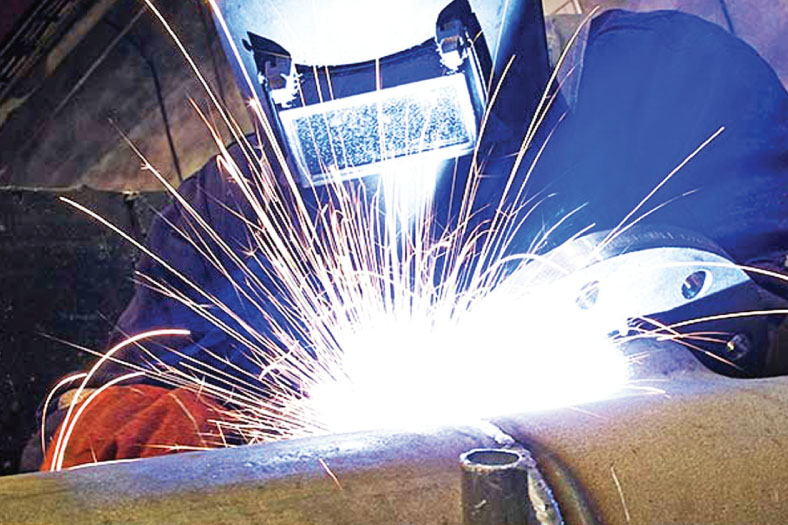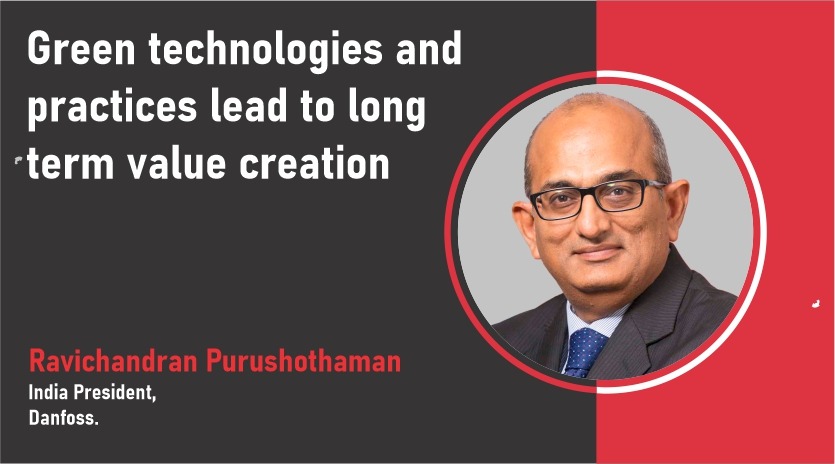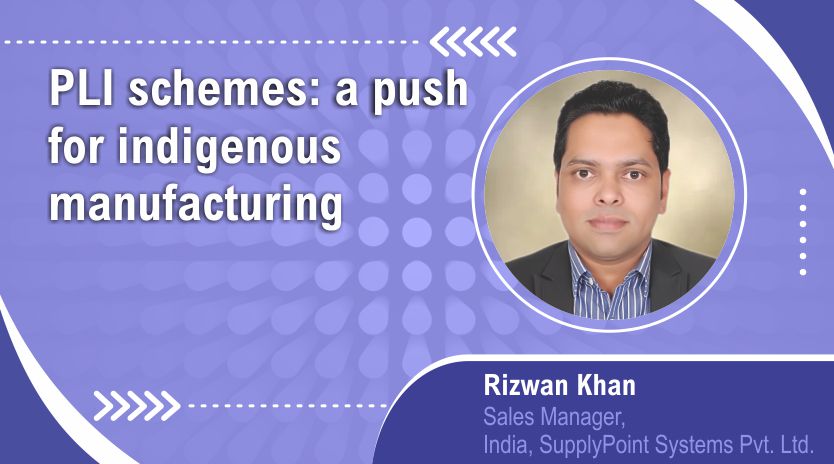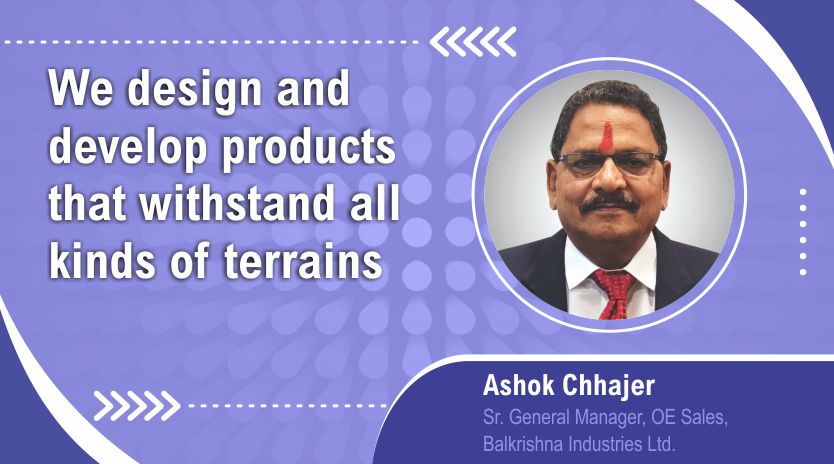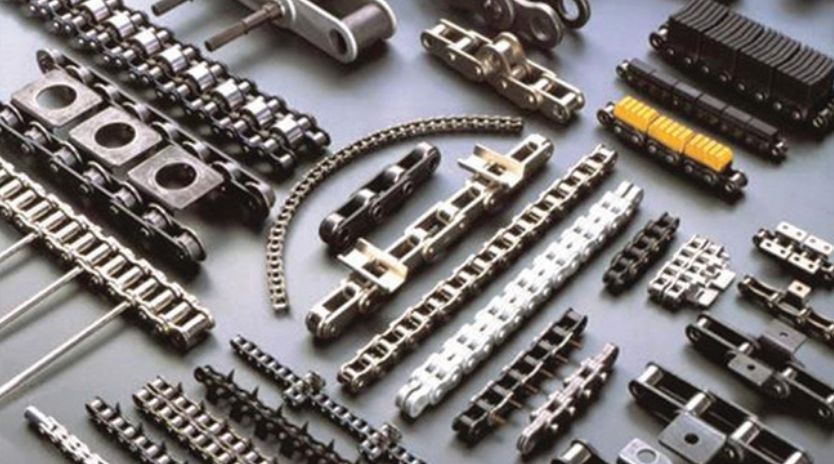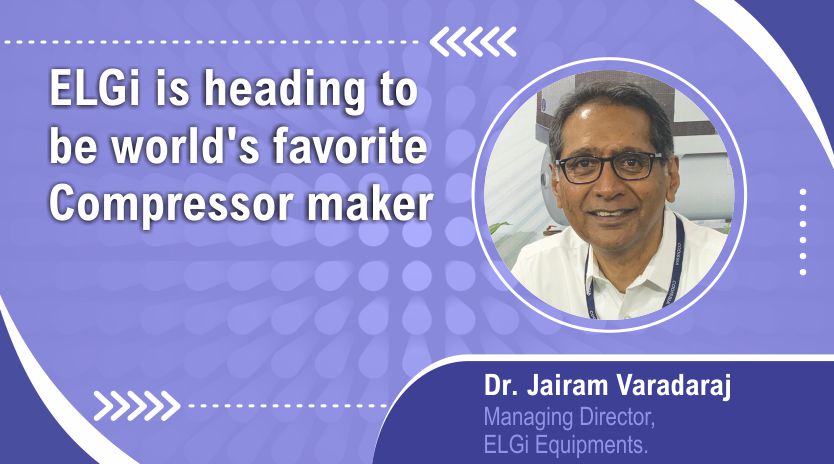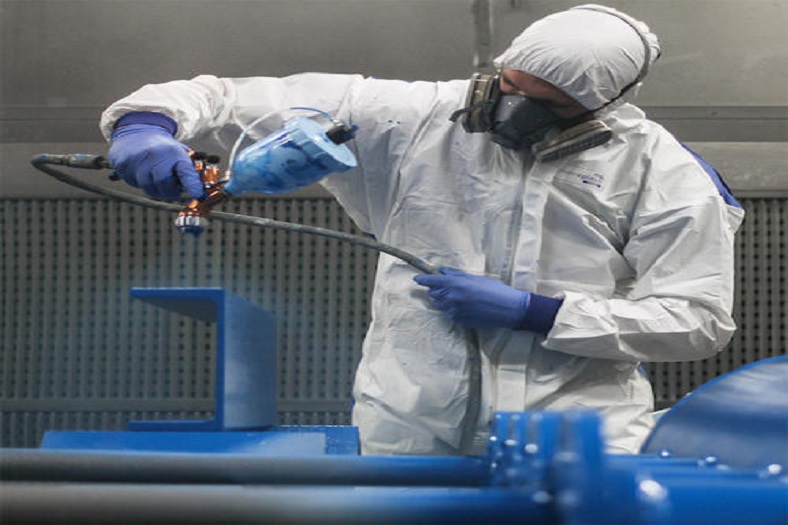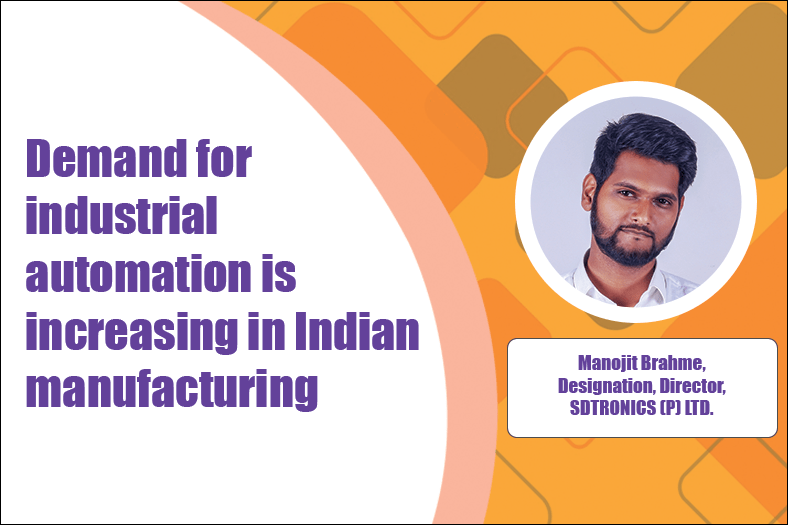Welding: Heart of industrial, manufacturing sector
November 13, 2018 4:21 pm
Industry and manufacturing are cornerstones of our society. They allow us to enjoy a high quality of living and they also hold the promise of even greater advances in the future. Here is an industry analysis about the heart of industrial and manufacturing sector.
The industrial and manufacturing sectors won’t exist without the equipment, structures, and resources created by industrial fabrication, and in turn industrial fabrication, as we know it, won’t exist without welding. Let’s take a look at how welding serves industrial fabrication as well as the different types of welding services.
Importance of welding in industries
Welding is a precise, reliable, cost-effective, and high-tech method for joining materials in manufacturing industries. In fact, no other technique is so widely used by manufacturers, in India, to join metals and alloys efficiently to add value to their products. Most of the familiar objects in modern society, right from buildings and bridges, to vehicles and medical devices, could not be made without the use of welding.
Welding today is applied to a wide variety of materials and products, using such advanced technologies as lasers and plasma arcs. The future of welding holds even greater promise as methods are devised for joining dissimilar and non-metallic materials, and for creating products of innovative shapes and designs. Welding is most critical operation of any manufacturing process, and quality of welding has direct impact on quality of final product. Joining technology is an integral part of the manufacturing process and effort has been spent to develop and demonstrate the suitability of various processes for application into both design and structural fabrication.
According to a study conducted by BDB India Pvt Ltd, one of India’s leading Market Research and Growth Strategy developing companies, and CII, a non-government, non-profit, industry-led and industry managed organisation, In India, welding contributes significantly to the GDP in several ways, such as welding intensive industries, auxiliary products, complementary goods, employment, and user industries.
The report states that the Indian welding industry was dominated by low technology and very rare technological innovation. However, in recent years, the demand of automatic and semi automatic welding production systems are rising. Simultaneously, low budgets and recession have marked the ongoing popularity of manual, economical techniques. Increased FDI equity inflow in India has contributed to the rise in projects in automotive, offshore activities, oil and gas sector, ship building and heavy machinery industries.
Many foreign automobile companies have set up their manufacturing units in India. This has positively affected the rise of consumables and welding equipment. However, economic crisis has impacted the flow of FDI in India, which may result in decline in demand of welding equipment over the short period. There has been an overall growth of about 10 per cent in steel industry in India. The rising demand of steel has promoted the use of modern, unique, uses of steel, increasing the demand of welding equipment.
Welding in industrial fabrication
Industrial plants and facilities need high quality, dependable fabricated equipment that meets their specs and gets the job done efficiently. There are numerous factors that affect fabrication quality including the initial design, the composition of materials used, the weld and assembly, and the expertise and capabilities of the fabrication company.
“Welding is the process of securely joining two materials together using the process of coalescence and often also a filler material,” says Mohan Murthy, Manager (Marketing), Rasi Electrodes.
“Welding allows advanced fabrication to be undertaken by securely affixing these materials and thus facilitating the creation of a more developed piece of equipment or structure which can then be used accordingly for its intended purpose. In order to accomplish this important role welding must be versatile enough to work with a wide variety of different metals in a range of varied, often difficult conditions,” says Murthy.
Mitesh Chauhan, Sales Executive, WARPP Engineers Pvt Ltd, says, “Welding plays very important role in today’s fabrication industry. We can make any kind of structure using suitable welding equipment. There is wide range of welding technology, which is suitable for different application. Welding technology is improving day by day to provide efficient and effective solution to customers.”
Welding and fabrication quality
Beyond a good design and high quality materials, another factor that influences the ultimate fabrication quality, is the welding and assembly process itself. Welds should have the proper penetration and the correct welding process and technique must be used for the particular alloy, position, and overall condition. The fabrication process should also be efficient and consistent, yielding reliable, high quality products.
Common welding techniques and technologies used in fabrication
Since the conditions, demands, and materials to be joined vary widely, different types of welding processes have been developed. Each process serves a different need and has its own set of pros and cons and general applications. What follows is a description of several of the most common and important welding services.
Shielded Metal Arc Welding (SMAW) – Shielded Metal Arc Welding is also known as stick welding. The stick in question refers to the electrode, which is coated in a protectant flux. An electrode holder holds the stick in place and an electric arc is created using either direct or alternating current. This in turn causes the electrode to slowly melt away while also melting the metals to be joined. At the same time the flux coating releases a gas vapour which, together with the slag, creates a shielded environment to protect the weld area from contamination.
Gas Tungsten Arc Welding (GTAW) – Gas Tungsten Arc Welding, also known Tungsten Inert Gas (TIG) welding or Argon welding, uses a tungsten electrode to produce the weld. Unlike SMAW welding, the electrode is not consumed during the welding process. Instead the weld area is protected from atmospheric contamination by an inert gas, often Argon or Helium gas.
Gas Metal Arc Welding (GMAW) – Gas Metal Arc Welding, also known as Metal Inert Gas (MIG) welding, uses a consumable wire electrode that is fed through a welding gun. An inert shielding gas such as Argon or a mixture of Argon and Carbon Dioxide is also sprayed over the welding puddle to protect it from contamination. MIG welding has become the most common welding method in industrial settings because of its versatility and relative ease. However, it is not ideal for use outdoors or in other areas with high air volatility.
Flux-Cored Arc Welding (FCAW) – Flux-Cored Arc Welding is very similar to MIG welding. However, it features the use of a special tubular wire that is filled with flux. The flux may be sufficient by itself to protect the welding puddle from contamination or a shielding gas may also be used, depending on the filler material and other circumstances.
Submerged Arc Welding (SAW) – Submerged Arc Welding uses a consumable electrode that is fed automatically. It also uses a characteristic blanket of granular fusible flux, consisting of several compounds including silica, lime, calcium fluoride, and manganese oxide among others. This blanket of granular flux thus completely submerges the welding area thereby protecting it.
Together these, and other welding services, do an outstanding job of servicing the industrial fabrication industry, especially when they are performed by highly qualified, experienced welders.
Indian welding industry
One of the big challenges faced by the local manufacturers of equipment in India is the considerable import of welding equipment. The increased imports have negatively impacted the market share of local participant in various industries such as shipbuilding, automotive and transportation and white appliances.
Another challenge faced by welding electrode plant is the unorganised sector that presently occupies nearly 50-55 per cent of the market. Lack of standard specification and tedious approval process is resulting in the growth of unorganised sector. Indian welding consumables and equipment manufacturers need to produce high quality and unique goods in order to stay competitive in Indian and international markets.
With increasing competition and lower profit margins, manufacturers need to improve their service, performance and delivery.
‘Welding technology is improving day by day to provide efficient and effective solution to customers’
Mitesh Chauhan, Sales Executive, WARPP Engineers Pvt Ltd
“Welding is the process of securely joining two materials together using the process of coalescence and often also a filler material”
Mohan Murthy, Manager (Marketing), Rasi Electrodes
Cookie Consent
We use cookies to personalize your experience. By continuing to visit this website you agree to our Terms & Conditions, Privacy Policy and Cookie Policy.



